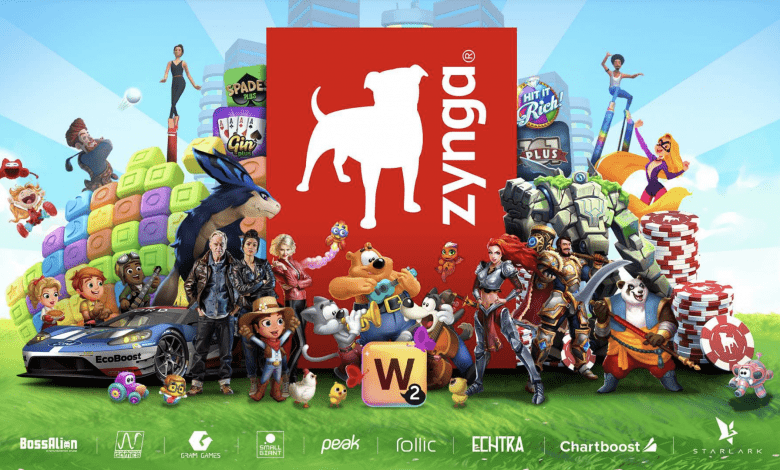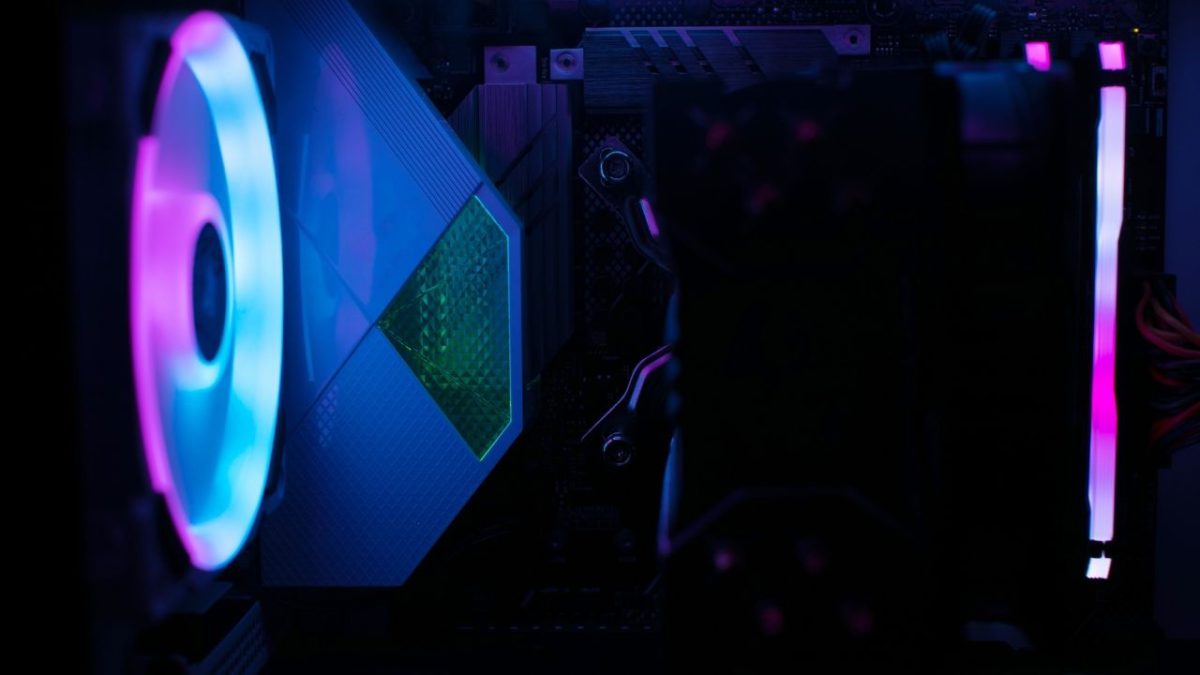How Web3 And NFTs Will Affect The Gaming Industry?
One of the most popular issues in tech circles right now is Web3, often known as the decentralized web. But what precisely does this new internet version entail?
Simply put, Web3 introduces a transparent internet ecosystem based on three key tenets: smart contracts, which serve as the middleman through pre-coded application logic, and digital assets, which can represent on-chain or off-chain value. The blockchain stores all information on asset ownership and historical transactions.
Even though it is still in its early phases, Web3 innovation is developing more quickly than other technology subfields. The first was the crypto craze, during which time famous coins like Bitcoin and Ethereum experienced tremendous growth. Decentralized Finance (DeFi), a relatively new market segment created to decentralize financial services, then emerged. Currently, several DeFi technologies have almost $42 billion locked up.
Imagine holding a special digital token that has use in virtual worlds like Decentraland and The Sandbox. This is what the NFT and metaverse buzz has done to the Web3 notion. How we connect with today’s industries, notably the gaming industry, is evolving as a result of both of these platforms. Now that that is done let’s examine more closely how Web3 is affecting this multibillion-dollar sector.
Also, read – How Are Smart Contracts Implemented In DApps Games? Is It Relevant?
How to Start Playing Web3 Games
Web3 gaming is a major thing despite the present market turbulence as long as you have been paying attention to the advancements in cryptocurrency. The most recent Dappradar market study estimates that this year’s activity in blockchain-related games was close to 50%. Well, given the growing popularity of the play-to-earn concept, it shouldn’t come as a surprise.
“Web3 games continue to be a driving force for the dapp business despite the challenging market conditions. With 912,000 daily Unique Active Wallets (UAW) engaging with smart game contracts in September, gaming activity accounted for over half of all blockchain activity recorded by DappRadar across 50 networks in Q3.
The crucial query, though, is how Web3 benefits the overall gaming industry. Before delving into the specifics, it should be noted that getting started with NFT gaming is not difficult. Of course, purchasing digital collectibles on sites like Opensea and Rarible may take some technical expertise. However, it isn’t always the case.
Contrary to former times, NFT gamers and aficionados can now use Web3 platforms like Looking Glass Labs (LGL) to curate 3D content that is compatible with the metaverse. The flagship brand of LGL, House of Kibaa, offers design assistance to both individuals and companies in order to create useful art and collectibles that can coexist in parallel across various NFT blockchain settings.
The Gaming Industry’s Changing Dynamics
Now for the basic impact: Web3, an emerging sector, has significantly altered the nature of gaming infrastructures. The days of gaming publishers keeping all the earnings are long gone; in Web3 gaming, users are also motivated by ecosystem incentives that can be sold on NFT marketplaces.
So, precisely how does it operate? Take the Web3 game Axie Infinity, which gained notoriety at the height of the covid pandemic. The gameplay consists of buying adorable NFT creatures and competing with them; winners receive Smooth Love Portion (SLP) tokens, which can be exchanged for cash on several exchanges.
Given the challenging market conditions, the returns on SLP tokens have subsequently decreased, yet Axie Infinity has turned into a source of income for gamers in underdeveloped nations like The Philippines. The Web3 gaming ecosystem is now considerably larger and includes well-known card games like Splinterlands and Sorare, which is more intriguing.
Publishers of traditional games, even those who were at first hesitant to adapt Web3 infrastructures, have shown an increasing interest in the convergence of traditional games and Web3. For instance, Epic Games Stores recently announced that it would permit other developers to release NFT games as long as they adhere to legal requirements.
In the meantime, Atari has opened up a substantial social and game environment called The Sandbox metaverse.
“We are incredibly excited to share Atari Sunnyvale with The Sandbox community, and we know it will draw more Atari fans to the growing platform…
“I am particularly eager for people to experience the elaborate and wondrous environments based on our games that have been created by Sandbox partner studio, Metaworld Entertainments.”
Final Reflections
The reaction and financial inflows over the previous two years show that NFTs, Web3, and the metaverse are here to stay. However, in order to raise the bar for innovation, key players in the gaming and cryptocurrency sectors must work together. Most play-to-earn games currently available can hardly match well-known Web2 games in terms of quality, including visuals, gameplay, and degree of interactivity. By fixing the majority of these issues as Web3 matures, the game industry can only be radically revolutionized.
Stay informed with daily updates from Blockchain Magazine on Google News. Click here to follow us and mark as favorite: [Blockchain Magazine on Google News].
Get Blockchain Insights In Inbox
Stay ahead of the curve with expert analysis and market updates.
latest from tech
Disclaimer: Any post shared by a third-party agency are sponsored and Blockchain Magazine has no views on any such posts. The views and opinions expressed in this post are those of the clients and do not necessarily reflect the official policy or position of Blockchain Magazine. The information provided in this post is for informational purposes only and should not be considered as financial, investment, or professional advice. Blockchain Magazine does not endorse or promote any specific products, services, or companies mentioned in this posts. Readers are encouraged to conduct their own research and consult with a qualified professional before making any financial decisions. The featured image used is just a creative depiction of the title and it does not intend to hurt sentiments of any person or institution. If it hurts anyone sentiments, please do not hesitate to reach out to Blockchain Magazine.

 Bitcoin
Bitcoin  Ethereum
Ethereum  XRP
XRP  Tether
Tether  Solana
Solana  Dogecoin
Dogecoin  USDC
USDC  Cardano
Cardano  Lido Staked Ether
Lido Staked Ether  TRON
TRON  Chainlink
Chainlink  Avalanche
Avalanche  Wrapped stETH
Wrapped stETH  Wrapped Bitcoin
Wrapped Bitcoin  Sui
Sui  Stellar
Stellar  Hedera
Hedera  Toncoin
Toncoin  Shiba Inu
Shiba Inu  WETH
WETH  Polkadot
Polkadot  Parkcoin
Parkcoin  Litecoin
Litecoin  LEO Token
LEO Token  Bitcoin Cash
Bitcoin Cash  Bitget Token
Bitget Token  Uniswap
Uniswap  Official Trump
Official Trump  Hyperliquid
Hyperliquid  Wrapped eETH
Wrapped eETH  Pepe
Pepe  USDS
USDS  NEAR Protocol
NEAR Protocol  Ethena USDe
Ethena USDe  Aave
Aave  Aptos
Aptos  Internet Computer
Internet Computer  Ondo
Ondo  WhiteBIT Coin
WhiteBIT Coin  Ethereum Classic
Ethereum Classic  Monero
Monero  POL (ex-MATIC)
POL (ex-MATIC)  Mantle
Mantle  Cronos
Cronos  Algorand
Algorand  OKB
OKB  Render
Render  Dai
Dai 



